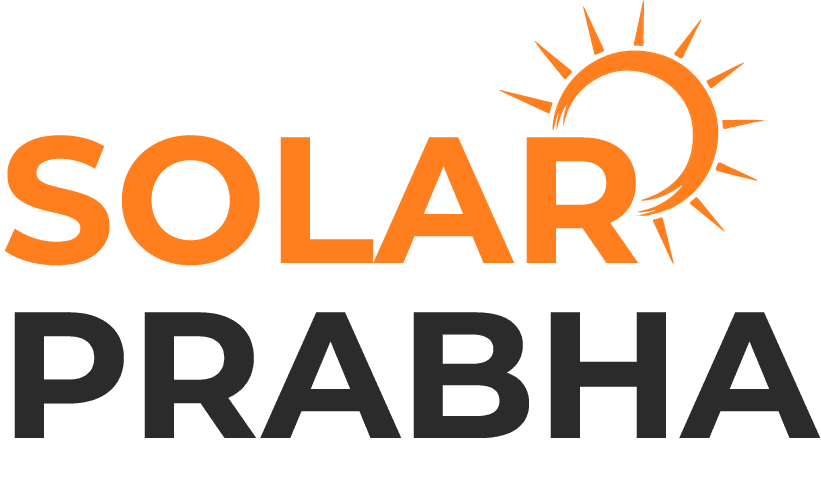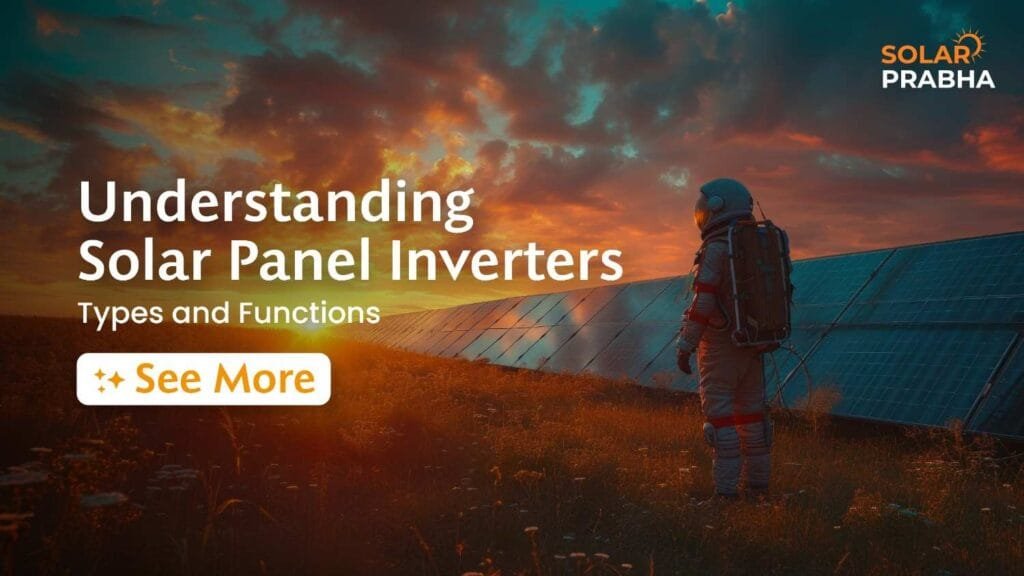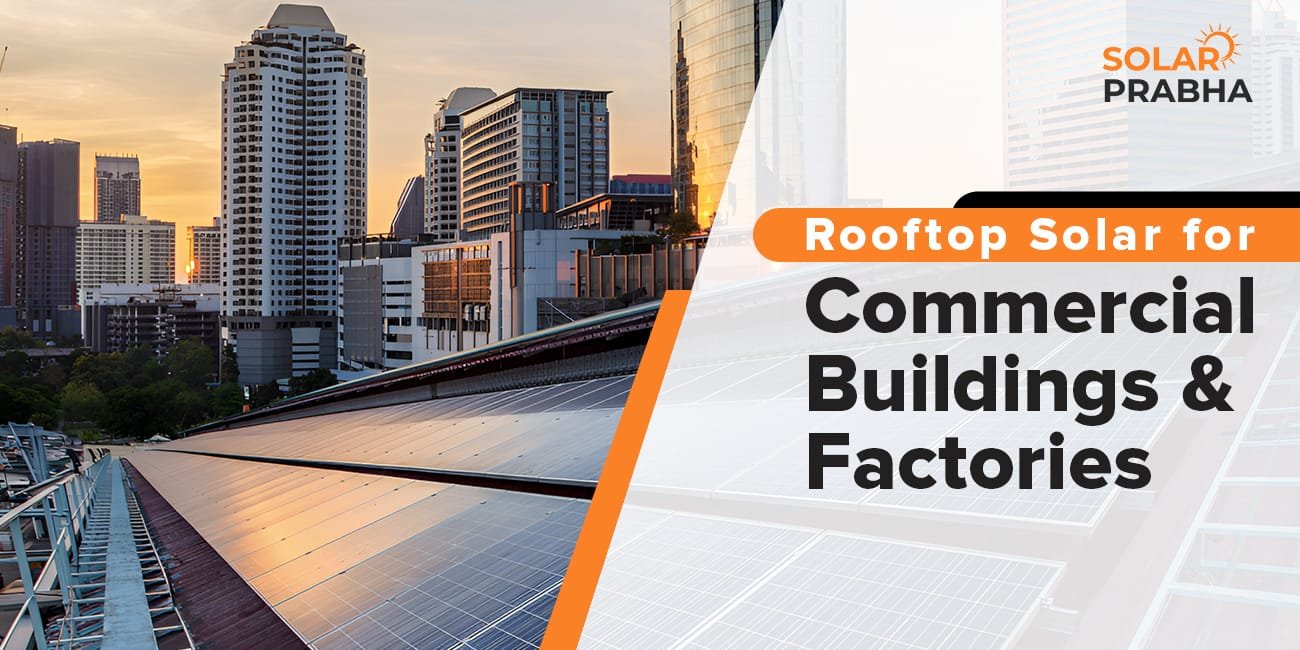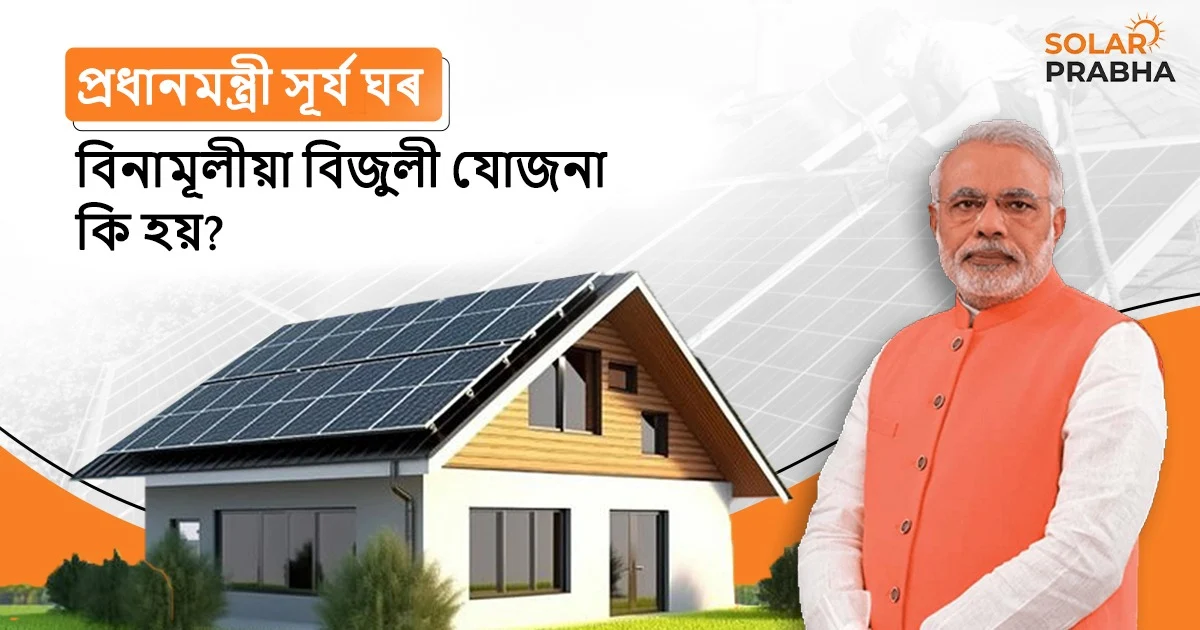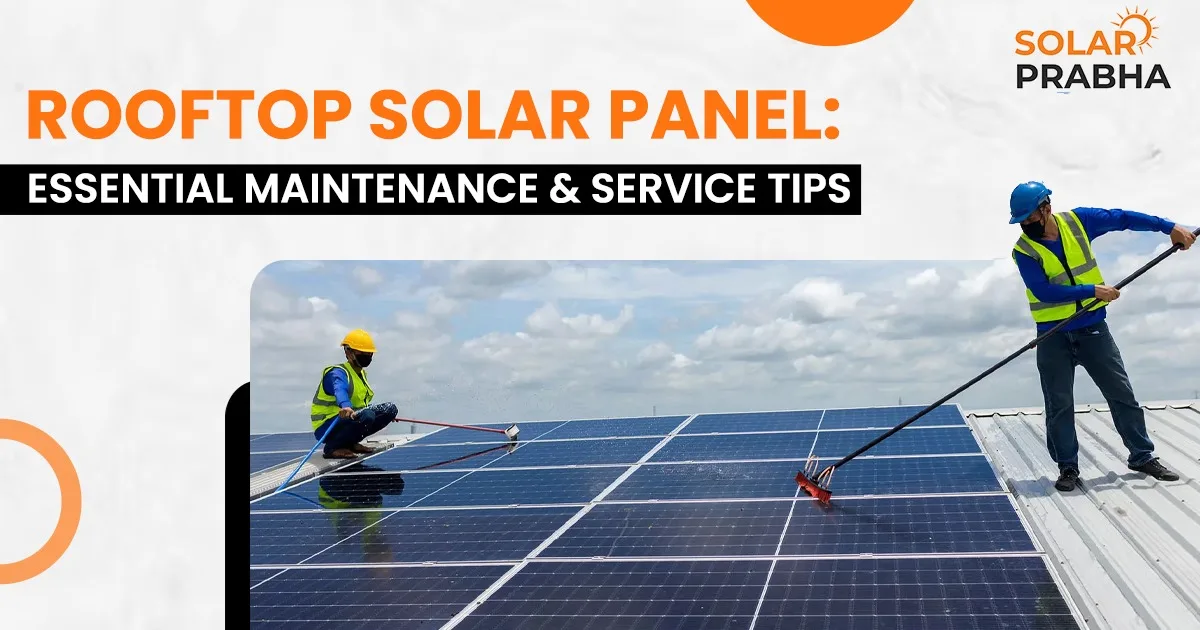Solar inverters are a necessary component of any solar power unit, and they are just as essential to convert the power of solar energy to be used by homes and businesses. Without a solar inverter, there is no value in the power generated from a solar system.
Solar power as a renewable energy source has gained momentum in recent times. Increasing numbers of people and companies are turning to solar panels for power. Solar panels are highly efficient at generating power, but without one piece of equipment, the power generated by solar panels will not benefit you. Inverters take the solar panels’ direct current (DC) and transform the DC into alternating current (AC) to be used by electric appliances and the electrical grid.
If your solar panels didn’t have an inverter, you wouldn’t be able to power your home or connect to the grid. As technology advances in the renewable energy realm, understanding solar inverters is key to making a transition to solar power. In this blog, we are going to explain about solar inverters, what they do, and how to pick the right one for your solar energy system.
What Is a Solar Inverter?
In essence, a solar inverter is an electrical device that converts direct current (DC) energy produced by solar panels into alternating current (AC) energy. Since the majority of household appliances and electrical systems require an alternating current, the conversion is necessary for your solar energy system to be functional.
Solar panels can generate electricity when they absorb sunlight (solar energy) and convert it to electricity (electrical energy). However, that electrical energy is in the form of direct current (DC) power, which is unsuitable for home appliances and is also unsuitable for feeding back into the electrical grid. Therefore, an inverter is necessary. An inverter converts the solar energy produced by panels to alternating current (AC) power for your consumption (use).
Beyond the conversion, solar inverters come with many added-value features that support optimal system performance, safety, and energy efficiency.
Types of Solar Inverters
When it comes to solar inverters, there are a number of options available depending on your needs, system size, or uncertain environmental conditions. In this article, we will look at several types of common inverters and their advantages.
1. String Inverters
String inverters are the most common type of inverter for residential solar systems. The term string refers to the panels that are connected in one circuit with a series of panels that will generate electricity through a single inverter. The inverter takes the DC power generated by the cumulative performance of the string when sunlight is exposed to the solar panels and converts the power to AC power for use on site.
Advantages of String Inverters:
- Cost effective: String inverters are generally the most inexpensive for small to medium-sized solar systems.
- Simple installation and maintenance: String inverters are considered less complex to install and are considered to be less of a maintenance issue to operate.
- Dependable Performance: String inverters are a dependable choice in installations, as they have been in use for a long time when electric generation projects are installed to be grid-connected.
Disadvantages of String Inverters:
- Shading issues – When it comes to solar, one of the biggest advantages is that each panel can operate at full capacity if full sun hits it. However, with shading problems or malfunctioning panels, if only 1 of the panels within the string is shaded or malfunctioning then, the performance of the overall string of panels could be reduced by that single panel.
- Limited monitoring – Modern inverters offer some monitoring capabilities; however, when using a string inverter, it is more difficult to monitor the performance of each panel.
2. Microinverters
Microinverters are different from string inverters in that they are installed on each solar panel. Because of this architecture, every panel operates independently, and the inverter converts the DC power into AC power at the panel level.
Some Benefits of Microinverters:
- Panel Level Optimization: With each panel having its own inverter, it can optimize independently. Therefore, shading, dirt, or damage to any one panel will not negatively affect any of the other panels in the system.
- More Energy Production: Each of your microinverters optimizes the energy output of an individual panel to ensure that the entire system is performing optimally as a whole.
- Better for complicated environments: Microinverters are optimal for installations that may be subject to partial shading, or have panels with different orientations ( i.e.: panels that face different directions).
Disadvantages of Microinverters:
- Higher upfront investment: Microinverters are typically more expensive than string inverters, especially if you have a large solar system with many panels.
- Increased complexity for maintenance: Microinverters are more complex in that, if they fail, they need to be replaced individually, which increases both complexity and effort in repairing the system.
3. Power Optimisers
Power optimisers are hybrid devices that offer the benefits of string inverters and microinverters. Power optimisers are installed on individual panels to optimise the DC power that is sent to a central inverter to convert DC power to AC power.
Benefits of Power Optimisers:
- Panel-level optimisation: Like microinverters, power optimisers will improve performance at the individual panel level, but unlike microinverters still require a central inverter to convert AC.
- Cost-Effective: Although generally more affordable than microinverters, power optimisers still deliver many of the same benefits regarding energy efficiency and performance.
- Ease of monitoring: More power optimiser manufacturers are bundling monitoring software with their products, so you can reliably monitor the performance of each panel.
Disadvantages of Power Optimisers:
- Dependence on a central inverter: If the central inverter fails, the entire system is nonfunctional. On the other hand, with microinverters, even if one inverter fails, the rest of the system is still functional.
- Front-loaded costs: While not as expensive as microinverters, power optimisers still add upfront costs to your solar system.
4. Hybrid Inverters (Battery Ready Inverters)
Hybrid inverters are designed to work with solar battery storage systems, allowing you to store excess energy produced by your solar panels in batteries for later use. Hybrid inverters offer the ability to manage solar energy generation and battery storage and manage them in a single unit.
Hybrid Inverters Advantages:
- Energy independence: With a hybrid inverter you can store excess solar energy and you can use it at night and/or during outages, which improves your energy independence. Attached to this is a better ability to use your clean energy.
- Optimised power usage: Hybrid inverters help to optimise energy usage because they can store surplus power from solar energy generation to use later when there is no sunlight available.
Disadvantages of Hybrid Inverters:
- Higher expense: Hybrid inverters are typically pricier than traditional inverters, especially if you also happen to be purchasing a battery storage system.
- Complex installation: Hybrid system installations may be more complex and take longer because of the incorporation of both solar as well as battery parts.
Functions of Solar Inverters
The solar inverter’s intended use is to convert Direct Current (DC) power into Alternating Current (AC) power, though they do many other important tasks that help to optimise your system’s performance, efficiency, and safety. Let’s take a look at some key functions of the solar inverter.
1. Convert DC Power to AC Power : The key function of a solar inverter is to convert the DC electricity produced by the solar panels into AC electricity, which is usable by home appliances and electrical systems.
2. Maximise the Energy Production of your Solar Panel System by MPPT: New inverters often have a feature called Maximum Power Point Tracking (MPPT). MPPT is a sophisticated system that ensures that your solar panels operate at their highest efficiency by adjusting voltage and current to get the most out of the energy available from sunlight.
3. Monitor System Performance or Monitor Your System: Modern solar inverters now come with monitoring software that monitors how the solar system is performing. This software lets you monitor how much electricity your solar panels are producing in real time, if you have any panels which may have an issue, and helps you address issues promptly if any problems arise.
4. Safety and Protection
Inverters include a variety of safety features, such as anti-islanding protection and overload protection, to help ensure safe operation of the system, and to protect the system, and the electrical grid, from damage caused by either a fault within the system or a power surge.
5. Grid Synchronization and Exporting Excess Power
When your solar system is generating more energy than you use, the inverters also manage the process of exporting the excess energy back into the electrical grid. This will allow you to take advantage of the various government incentive programs, such as net metering, which compensate you for the energy that you send back to the grid.
How to Choose the Right Solar Inverter
Choosing the right one is all about many different factors, including energy consumption, system size, location and budget. Here are a few things to consider:
- System size and capacity: The inverter must match the energy required of your solar system.
- Efficiency: Choose inverters that have efficient ratings to maximise how your solar system performs.
- Warranties and support: Use a reputable manufacturer and an inverter warranty that they support.
Conclusion
It is important to understand solar inverters when designing a solar energy system for energy efficiency and to meet your energy needs. Whether a string inverter, microinverter, power optimiser or hybrid inverter- the chosen inverter is a crucial part of your efficiency, and each inverter type has its own advantages to promote your system’s performance.
By understanding your options and selecting the best inverter for your solar system, you can ensure that your system is operating at full capacity.
Call us today at +91-7099030047 to find out about how you can harness solar energy through the right inverter, even if the weather is less than ideal to power your home or business. We will help you make responsible and sustainable decisions to further aid in your energy needs and the environment.
